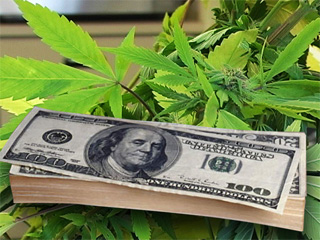A recently published study by Harvard Economics Professor Jeffery Miron claims that the legalization of marijuana, and subsequent taxing of it, could lead to $77 Billion in revenue for the government alone. Miron breaks it down by saying $44 billion will be saved by not spending the money on police for arrests, judges and prosecutors for all the trials and prisons and prison guards for the incarceration. Another $33 billion would be obtained by tax revenue of legal drugs, like how cigarettes and alcohol are regulated. Miron even says that legalizing and ending the prohibition will reduce the violence crossing the border from Mexico.
Cannabis has been shown to be a relatively safer drug then its legal counterparts, alcohol and tobacco. According to a study published by Oxford University in 2000, a 155 pound human would have to consume about 70 grams to overdose and die, or the equivalent of smoking 140 average joints simultaneously. A little more than 40% of America has used Marijuana before, and 10% claim to have smoked within the last year, indicating that prohibition is not actually preventing use of the drug.
Though I could launch into a diatribe on why the drug should be legalized for political and social reasons, I’ll leave that for other bloggers. Even though $77 billion might not sound like a lot today in the wake of the financial crisis, it is still a lot of money, and right now the government needs all it can get.
 Besides the government, the American public could use the jobs as well. According to Time, marijuana has grown to a $14 billion industry in California alone. Imagine the effect it would have on the rest of the country.
Besides the government, the American public could use the jobs as well. According to Time, marijuana has grown to a $14 billion industry in California alone. Imagine the effect it would have on the rest of the country.
Refraining from moral objections, do you think there is any reason why the US should not legalize cannabis? Please share in the comment section.












